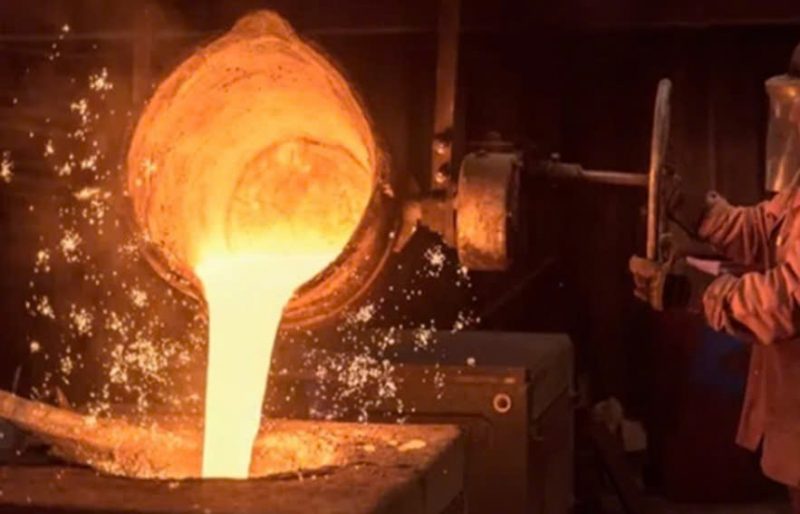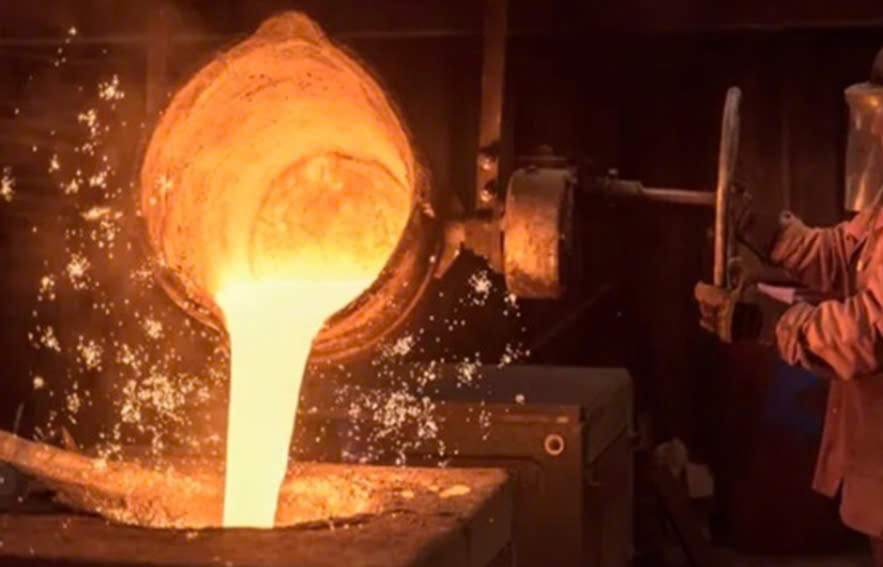Researchers don’t know for sure when steel was invented, but some of the earliest examples of steel date back to the 1st millennium BC in Central and South Asia.
Steel is mostly iron with a small amount of carbon to make it harder. Photo: Monty Rakusen
Steel is a mainstay of the modern world, used in skyscrapers, cars and more. But steel doesn’t occur naturally. The sturdy modern metal has been around for at least 2,000 years, though archaeologists can’t pinpoint exactly when it first appeared, according to Live Science .
Steel is an alloy of iron and carbon. Although it is primarily made of iron, the addition of 0.2 to  1 percent carbon makes it harder, more durable, and more resistant to rust than pure iron. Archaeologists believe that this innovation was discovered independently in a few places, then spread throughout the ancient world. “Steel was developed throughout the first millennium BC in the Old World,” says Paul Craddock, an expert on ancient metallurgy at the British Museum.
1 percent carbon makes it harder, more durable, and more resistant to rust than pure iron. Archaeologists believe that this innovation was discovered independently in a few places, then spread throughout the ancient world. “Steel was developed throughout the first millennium BC in the Old World,” says Paul Craddock, an expert on ancient metallurgy at the British Museum.
Some of the earliest examples were steel, made by melting iron and carbon together, in places in Central and South Asia. Some early forms of manufactured iron contained enough carbon to be classified as steel. But during the Roman period, artifacts like Roman daggers were made from fully heat-treated steel. That required forging, heating, and hammering the iron to remove impurities, then adding small amounts of carbon. Experts aren’t sure who first came up with the technique, but it involved melting the iron at very high temperatures to avoid impurities when using iron ore, Craddock said.
The transition from the Bronze Age to the Iron Age occurred in much of Asia, the Middle East, and Europe about 3,000 years ago. More than 2,000 years before that, people used bronze, an alloy containing 90% copper and 10% tin, to make weapons, armor, and ritual vessels. However, such objects were highly valuable and often difficult for ordinary people to obtain.
Iron replaced bronze in many applications, largely because iron ore was abundant and relatively cheap, according to archaeologist Alessandra Giumlia-Mair. So iron swords and daggers were not necessarily sharper or more durable than their bronze counterparts, but they were popular in the ancient world because they were cheaper to produce. Over time, early smiths developed methods for creating harder iron, including steel, and more and more people could afford iron weapons and tools. But bronze continued to be used for high-quality products such as vases, lamps, and personal ornaments well into the Middle Ages.
Today, steel is always produced in specialized furnaces with pig iron made from iron ore, refined into various steel alloys at high temperatures while exposed to oxygen. Different steels have varying amounts of carbon along with other elements such as chromium, which helps create stainless steel.
According to Live Science



https://shorturl.fm/A5ni8
https://shorturl.fm/oYjg5